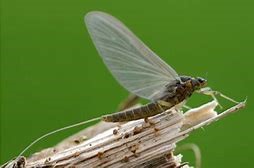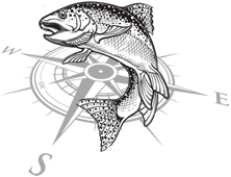The Blue Winged Olive Mayfly (Baetis)

The Blue Winged Olive Mayfly (Baetis) is the most important mayfly for trout and the fly angler. For the trout it’s the staple food bug that most trout can feed on throughout the entire year, both under and on the surface. For the fly fisher the Blue Winged Olive (Baetis) is the only mayfly that emerges twice a year. It’s the first mayfly on the water in the Spring and the last mayfly on the water in the Fall making the BWO the most important mayfly to the fly fisher. The length of a BWO hatch or emergence makes it an important food source for trout and in many rivers of the West you can count on BWO’s emerging year round.
Typically the Spring BWO hatch the size of the BWO’s tend to be at a size 18, sometimes ranging up to a size 16. While in the Spring BWO’s tend to be generally in the size 18 range, in the Fall the BWO hatch is much smaller, size 20 down to a size 22 in many cases. The key to successfully fishing a BWO hatch is for you to get the size correct. If you are fishing a size 18 BWO pattern during a Fall size 20 hatch your likelihood of being successful is dim at best. You must match the correct size fly that best matches the real size of the natural to be consistently successful.
The Blue Winged Olive (Baetis) nymphs are small but powerful swimmers who live in fast moving water but aren’t shy and will move into slower moving currents. On many rivers you can count on a BWO emergence in the late morning and again at mid-afternoon. The Blue Winged Olive (Baetis) nymph can be quite active underwater moving up or down river looking for new areas to live and feed. This movement makes them great targets for trout to eat and for fly fishers to imitate with a quality imitation. Blue Winged Olive (Baetis) are small nymphs when fully grown but can be found in the size 18 and size 20 juvenile stage freely moving around in a river.
The body of a mature Blue Winged Olive dun (Baetis) can range in colors ranging in the black, dark brown, gray, olive and dark olive. Catching a live Blue Winged Olive dun (Baetis) during an emergence will help you in determining what shade of color the current BWOs flying around will have and help you to choose the corresponding colored fly. The color of the BWO may vary from hatch to hatch, the size of the BWO will always be consistently small. As a fly fisher size is the most important characteristic to match during a BWO emergence. You may get the body color wrong and be fine but get the size of the fly wrong and you are in for a long day on the river.

